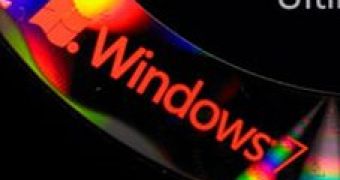Microsoft considers users running pirated copies of its software as victims of the piracy phenomenon. And although in some cases, end users are themselves pirates, in others, customers indeed fall victim to counterfeiters that sell them bootlegged products masqueraded as genuine. The Redmond-based company is well aware that in certain cases, the bootleggers use advanced technology to replicate Microsoft software, to the point where even its own employees can barely tell the difference between genuine and pirated products. This is why the software giant is offering How to Tell to customers, an online resource that allows them to compare the products they acquired against genuine software, and see whether they were tricked into buying pirated products or not.
Microsoft’s latest iteration of the Windows client, Windows 7 is now featured among the products on the How to Tell website, along with Office, Windows XP and Windows Server. Users can visit How to Tell, and compare their version of Windows 7 with that of Microsoft’s. So far, the Redmond-based company is allowing end users to examine the high-end Ultimate edition of Windows 7, as it is the most appealing to software counterfeiters.
No matter if customers acquired Windows 7 with an OEM computer, via retail, digital download or volume license upgrade, they will be able to see the genuine product from the software giant, and decide whether their own copy of Windows 7 is legitimate or not. And, of course, in the eventuality that their copy of Windows 7 is indeed pirated, Microsoft offers them a chance to report suspected piracy.
“I think the biggest thing is that we’re giving them the opportunity to report it — and when they do, we investigate and take action. We have a tool that allows consumers to contact us and tell their stories through a number of online venues, but especially through our How to Tell Web site,” revealed David Finn, Microsoft’s anti-piracy enforcement chief. “We think this can have a significant effect, the same way traffic cameras that catch people who run stoplights have helped reduce collisions in busy intersections. The criminals who are selling counterfeit software should know that ‘the cameras are on,’ and the next customer they victimize could turn them in.”

 14 DAY TRIAL //
14 DAY TRIAL //